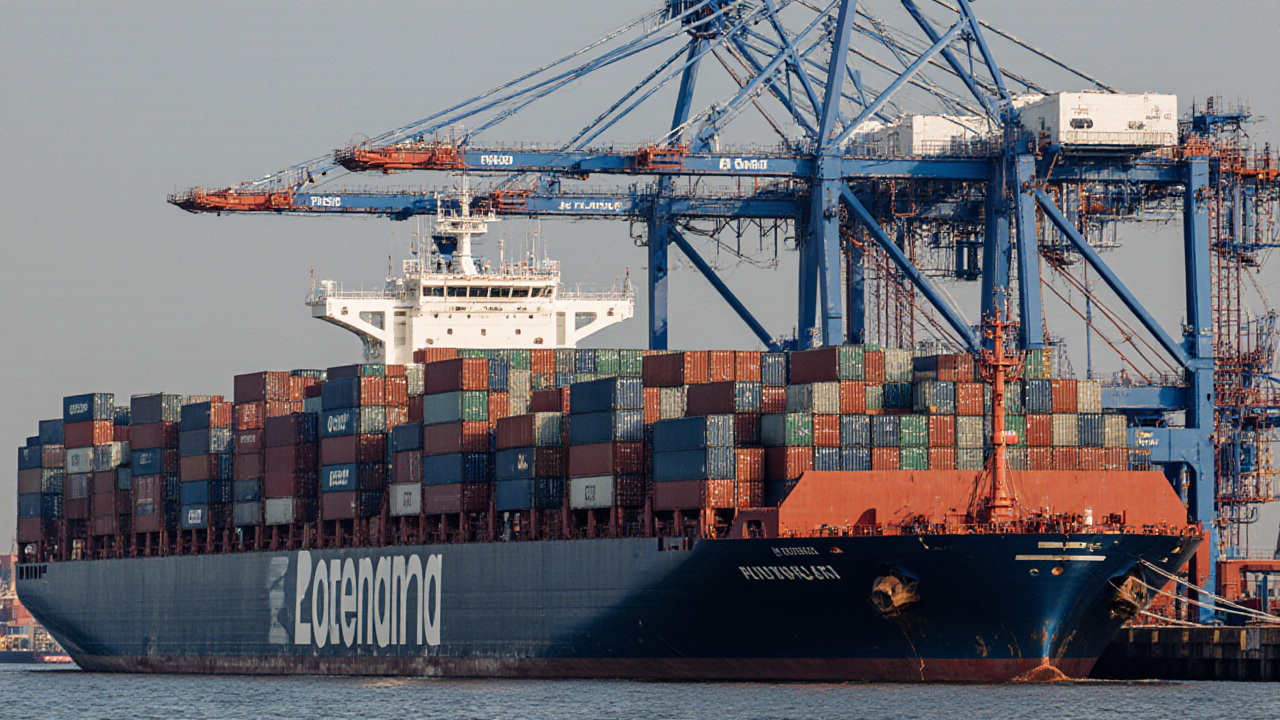
When the tide of cargo at Europe’s busiest maritime hub begins to ebb, the ripple effect can be felt across the entire continent’s supply chain network. At the Port of Rotterdam, a sudden surge in waiting vessels has turned a routine queue of six to seven ships into a staggering 13—a doubling that signals a deeper operational challenge. The cause is a 48‑hour strike by the lashers, the crew responsible for securing cargo to vessels, which began on October 8 and is slated to continue through October 10. If negotiations stall, the strike could extend into the weekend, threatening to stall all loading and unloading activities at the port.
The implications of such a pause extend far beyond Rotterdam’s docks. Port officials have cautioned that any prolonged stoppage could cascade into delays throughout European supply chains, disrupting just‑in‑time deliveries and tightening inventory buffers for manufacturers and retailers alike. The situation is further complicated by concurrent protests by harbor pilots in Belgium’s Antwerp, Zeebrugge, and Ghent, who are rallying against federal pension reforms. According to reports, nearly 100 vessels were queued at these Belgian ports on October 9, creating a bottleneck that could have forced Rotterdam to redirect traffic—a move that would strain already stretched inland transport corridors.
For supply chain leaders, this convergence of labor disputes and regulatory protests underscores the fragility of even the most robust logistics networks. It highlights the necessity of proactive workforce engagement strategies that balance fair compensation with operational continuity. Equally, it demonstrates the critical value of digital visibility tools that can forecast congestion and suggest alternative routing in real time. By integrating AI‑driven analytics with traditional planning, organizations can anticipate port bottlenecks and dynamically adjust shipping schedules, thereby mitigating the impact of labor disruptions on delivery windows and cost structures.
In light of these events, executives should prioritize the following actions: first, embed continuous labor market monitoring into risk assessment frameworks, ensuring that wage negotiations and workforce satisfaction are tracked alongside external economic indicators. Second, develop a multi‑port contingency plan that leverages data from neighboring hubs, enabling rapid re‑routing when a primary port becomes congested. Third, invest in digital platforms that provide end‑to‑end visibility across the entire transport chain, allowing stakeholders to make informed decisions about inventory levels, carrier selection, and route optimization. Finally, reinforce sustainability commitments by selecting alternative routes that minimize carbon footprints, thereby aligning operational resilience with environmental stewardship.
By treating labor disputes not merely as isolated incidents but as integral components of supply chain risk, leaders can transform potential disruptions into opportunities for process improvement, technology adoption, and stronger stakeholder relationships. The Rotterdam backlog serves as a stark reminder that in an increasingly interconnected world, the health of a single port can reverberate through the global supply chain, and that preparedness, agility, and data‑driven decision making are the cornerstones of lasting operational excellence.
Loading comments...